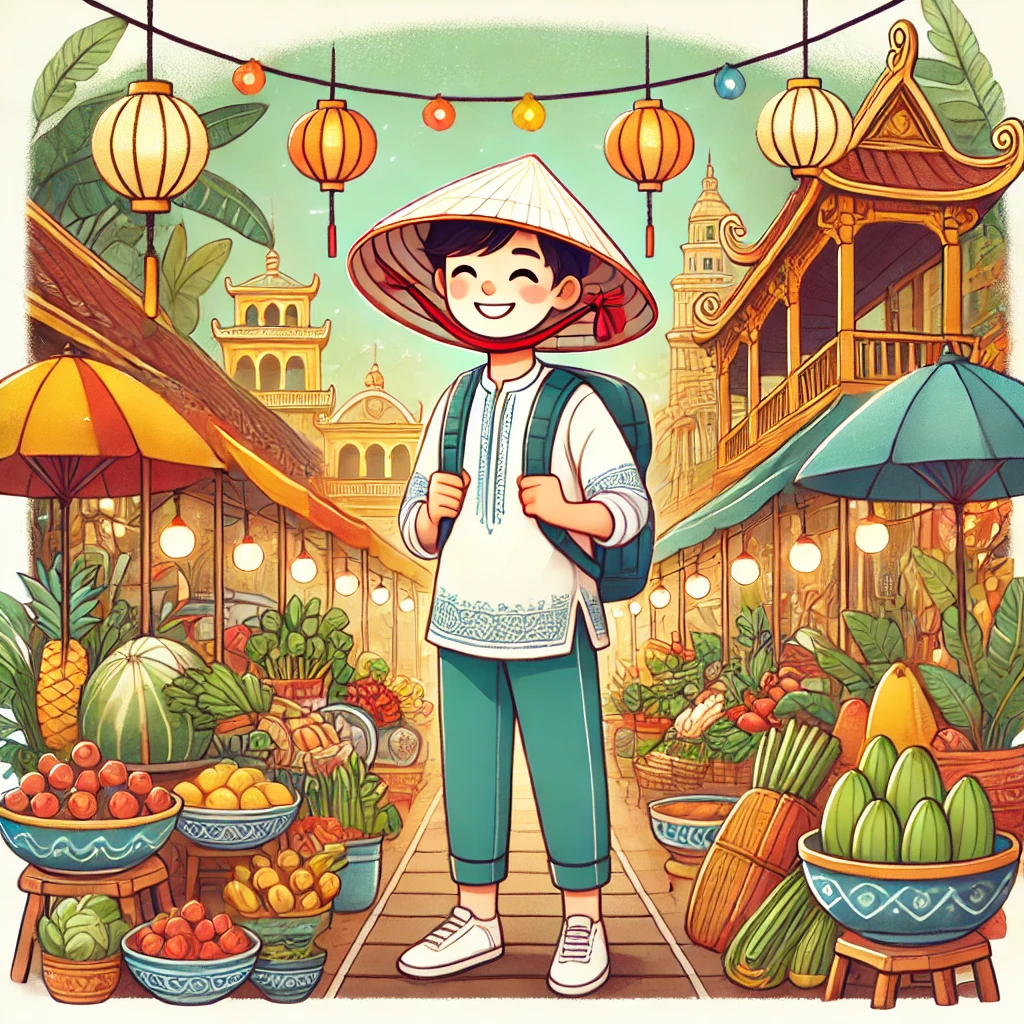Destinations – Laos
Last Updated on 14 May, 2024 by admin
Laos, often perceived as a tranquil enclave in the bustling Southeast Asian landscape, boasts a rich tapestry of history and culture that remains relatively underexplored. Landlocked and laid-back, this country offers a stark contrast to its more industrialized neighbors, with its rugged landscapes and the Mekong River shaping much of its physical and cultural contours. This article aims to provide an overview of Laos, tracing its evolution from ancient times through colonial rule to its current status as a developing nation, highlighting how historical conflicts and cultural diversity have shaped its identity.
Historical Background
Early History and the Kingdom of Lan Xang
The origins of Laos trace back to a series of tribal wars and alliances, culminating in the formation of the kingdom of Lan Xang in the 14th century. This kingdom, which translates to “the land of a million elephants,” once held sway over a vast region for about three centuries, known for its potent mix of Buddhism and sovereign rule. However, its power waned under the pressure of invasions from neighboring Siamese and Burmese forces, leading to a fragmented territory fraught with conflict and ripe for foreign intervention.
Colonial Period under French Rule
In the late 19th century, the French arrived, drawn by the geopolitical and resource-rich potential of the region. They named the country Laos and began delineating its borders through a series of treaties with Siam (modern-day Thailand), formally integrating the region into French Indochina. This period marked the first time that Laos had defined boundaries, although it came at the cost of heavy external influence and the gradual erosion of traditional powers and structures.
The 20th Century and the Path to Independence
World War II saw Laos under brief Japanese occupation, but it was the post-war dynamics that most significantly shaped its modern history. Following a return to French control, the rise of nationalist movements eventually led to full sovereignty in 1953. However, independence brought new challenges, as Laos found itself entangled in the Cold War dynamics, becoming a theater for the US’s Secret War, which saw extensive bombing campaigns as part of the larger conflict in Vietnam. This period left Laos heavily scarred, both physically and politically, leading to the eventual rise of the Pathet Lao and the establishment of a communist state influenced heavily by Vietnam in 1975.
Laos in the Present
Current Political and Social Landscape
Today, Laos remains a communist state, ruled by the Lao People’s Revolutionary Party. Its political landscape is heavily influenced by Vietnam, both as a model and as a direct mentor, which has shaped its development policies and international relationships. Despite this, Laos has experienced a gradual opening up since the mid-1980s, adopting economic reforms similar to Vietnam’s Đổi Mới policy, albeit at a slower pace.
Demographics and Cultural Diversity
Laos is home to roughly five million people, a sparse population compared to its geographical size, which is similar to that of Great Britain. The demographic is notably diverse, with about half of the population comprising over sixty different ethnic minority groups. This diversity is reflected in the religious practices and cultural traditions that range from mainstream Theravada Buddhism to various forms of animism and shamanism practiced by hill tribes.
Environmental and Developmental Challenges
Despite its rich natural resources, Laos faces significant environmental and developmental challenges. It is heavily reliant on the Mekong River and its tributaries for fish, which provide the main source of protein for its rural populations. However, regional developments, particularly dam constructions in China and Cambodia, threaten this vital resource. Additionally, the country struggles with infrastructural development; while there are plans to enhance connectivity and facilities to boost tourism and economic growth, large areas remain inaccessible, and unexploded ordnance from past conflicts continues to pose a significant risk to development and safety.
Tourism in Laos
Laos’s tourism sector, while not as developed as that of some of its neighbors, offers unique experiences that are steeped in authenticity and tranquility. The main urban centers of Vientiane, Phonsavan, and Luang Prabang serve as cultural and historical hubs. Luang Prabang, a UNESCO World Heritage Site, is renowned for its well-preserved architectural, religious, and cultural heritage, standing as a testament to the fusion of traditional Lao and colonial French architecture. Vientiane, the capital, though more subdued compared to other Asian capitals, charms visitors with its Buddhist temples, French colonial buildings, and monuments. Phonsavan is known for the mysterious Plain of Jars, an archaeological site that continues to puzzle historians and archaeologists alike. However, outside these areas, the tourism infrastructure is sparse, and the roads can be challenging, often making air travel the most feasible option for reaching the northern regions where the bulk of cultural and historical sites are located.
Environmental Challenges and Sustainable Development
Laos faces significant environmental challenges that are intrinsically linked to its development trajectory. The country’s heavy reliance on hydropower and the subsequent construction of dams on the Mekong River and its tributaries pose serious environmental threats, including the disruption of aquatic habitats and the reduction of sediment flow that is vital for agriculture downstream. This has raised concerns about food security and the livelihoods of those dependent on the river. Efforts to address these challenges include international cooperation and local initiatives aimed at promoting sustainable development practices that balance economic growth with environmental conservation. These efforts are crucial for maintaining the ecological balance and supporting the rural communities that form the backbone of Laos’s cultural diversity.
Social Issues and Future Outlook
Unexploded ordnance (UXO) remains a critical issue in Laos, particularly in areas along the eastern border with Vietnam, where it poses a daily risk to life and limits agricultural development. Despite ongoing efforts by both the Laotian government and international agencies to clear these UXOs, progress is slow, and vast areas remain dangerous. Looking forward, Laos continues to navigate its path between traditional lifestyles and the pressures of modernization. With its strategic location in Southeast Asia, there is potential for increased regional integration that could enhance economic opportunities. However, preserving its cultural heritage and natural environment amidst these changes remains a significant challenge. The government’s approach to these issues and its ability to engage with both local communities and international partners will be crucial in shaping the country’s future.
These expanded sections provide a deeper insight into Laos’s tourism dynamics, environmental challenges, and the complex interplay of social issues that influence its development and future prospects. This comprehensive overview helps illustrate the rich cultural tapestry and the ongoing struggles of a nation striving to find its place in a rapidly changing regional landscape.




